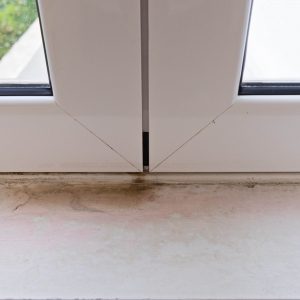 It’s hard to believe the first official day of autumn is a couple of weeks away. Soon the leaves will start to change colors and fall. The days will grow cooler and shorter. And, as HVAC specialists know, indoor air quality or IAQ, will start to degrade and deteriorate.
It’s hard to believe the first official day of autumn is a couple of weeks away. Soon the leaves will start to change colors and fall. The days will grow cooler and shorter. And, as HVAC specialists know, indoor air quality or IAQ, will start to degrade and deteriorate.
Yes, as windows and doors in homes and businesses are shut tight for months on end through winter, IAQ concerns and complaints will inevitably rise. This presents both an opportunity and an obligation for HVAC professionals to accurately identify and diagnose poor IAQ, as well as recommend the most effective solutions to their clients.
IAQ and “Sick Building Syndrome”
It’s estimated people spend around 90% of their time indoors, which means our immediate and long-term health is intrinsically tied to the air quality of the buildings we’re in. Unfortunately, indoor environments typically have far higher concentrations of a range of pollutants than the outdoors.
Common indoor pollutants include bacteria, mold, pet dander, carbon monoxide, fireplace smoke, tobacco smoke, cleaning agents, and insecticides. Building materials and furniture are also a source of air contamination, as chemical off-gassing from different materials can release harmful pollutants such as asbestos and formaldehyde fumes.
These pollutants can cause what’s known as “Sick Building Syndrome” in occupants. Common symptoms include headaches, sore throats, fatigue, and nausea. More seriously, they can cause or aggravate respiratory problems and heart disease.
It’s not just older buildings either that are causing all of the problems. A study by the World Health Organization found that 30% of new and recently renovated office buildings have “excessive” rates of IAQ complaints.
Turning sick buildings into healthy ones
For HVAC specialists, the first step in improving IAQ starts with correctly diagnosing the scope of the problem.
If an IAQ monitor isn’t already a fixture in your toolkit, it’s time to make it one. It might even be time to upgrade your basic IAQ monitor for one with a few more bells and whistles, as lower-end models typically only detect CO2. To be most effective, an IAQ monitor should also be able to detect fine particulate matter, volatile organic compounds, and ozone.
When a problem is detected, you have several options for recommendations to the client. If the building has a central air system, the most effective solution is to install a HEPA filter with a MERV rating of at least 13 or higher, though this will depend on how poor the IAQ is.
Another, more robust solution, is to install an ultraviolet germicidal light in the central air system (typically around the cooling coils or in the duct work). The UV light kills microorganisms within the airstream, preventing bacteria and germs from being circulated in the building. The American Society of Heating, Refrigeration and Air-Conditioning Engineers (ASHRAE) found UV lights have a kill rate of 90% or more, making them extremely effective at improving IAQ and reducing the risk of “sick building syndrome.”



